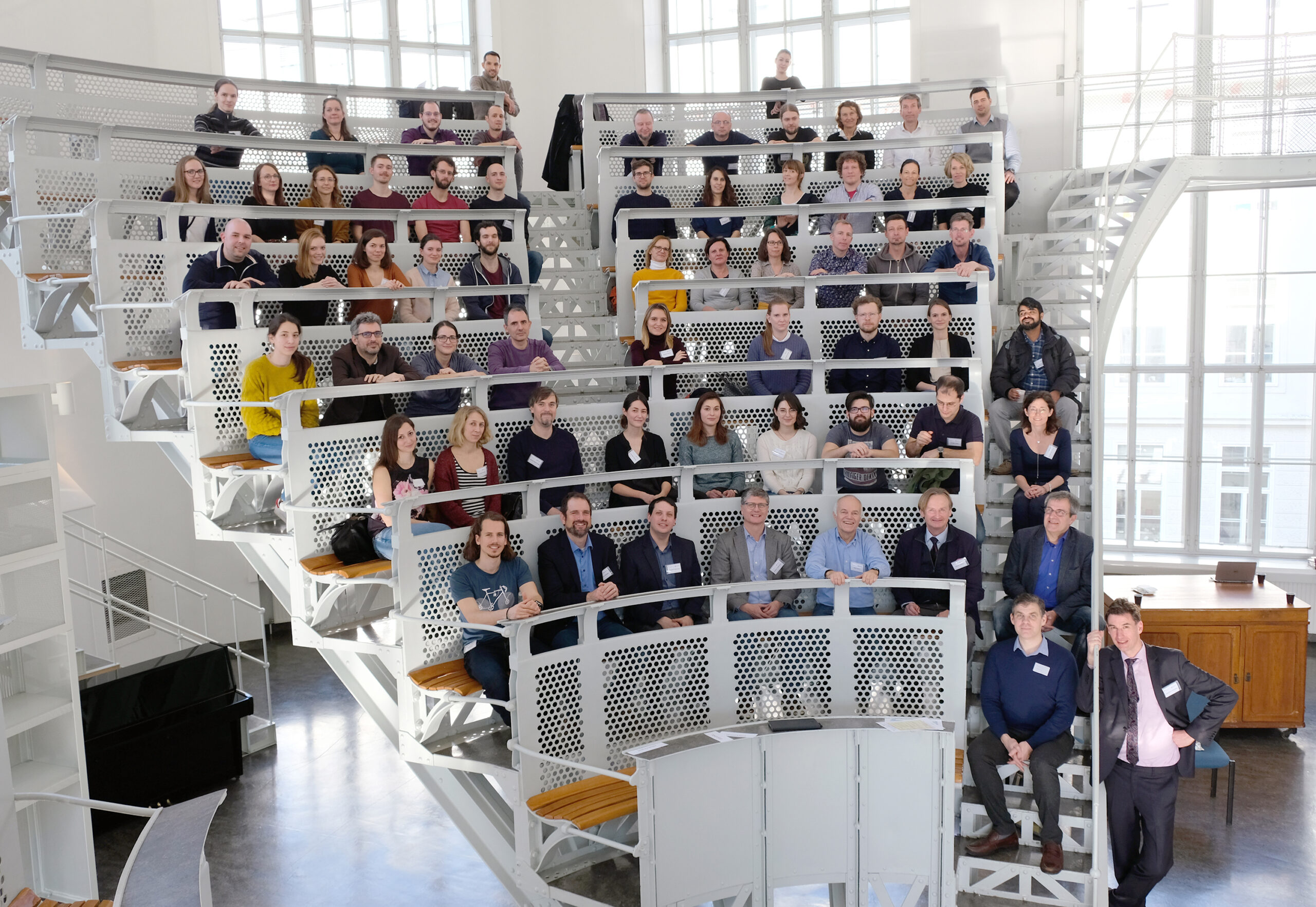Together for the patient – The Austrian Cluster for Tissue Regeneration
After an accident, tissue is often irreparably damaged or lost, which can lead to major restrictions in patients’ everyday lives. The aim of tissue regeneration research is to produce new functional tissue or to give the body the necessary tools to form new tissue by itself. The areas of application are diverse. For example, when replacing nerves, tendons or blood vessels, it is still common practice to remove tissue from another site to restore functionality. Even if the removal site is “less important”, it remains a second surgical procedure, with associated pain and scarring.
There is a great need for alternatives, so that many scientists have been working for decades to develop better therapies. In 2006, the following question was asked in Austria: “Why would we work side by side when we can have a much bigger impact together?” This is how the Austrian Cluster for Tissue Regeneration was eventually founded in December 2006, with the aim of sharing knowledge and resources and jointly driving the acquisition of new knowledge in tissue regeneration. Founding members were the Ludwig Boltzmann Institute for Experimental and Clinical Traumatology (AUVA research centre) and research groups from the Medical University of Vienna, the Vienna University Dental Clinic and the Upper Austrian Red Cross. Today, the cluster comprises 29 groups from 11 leading research institutions throughout Austria, coordinated by Univ. Prof. Dr. Heinz Redl from the Ludwig Boltzmann Institute for Experimental and Clinical Traumatology.
The research tasks result from therapeutic necessities and proven benefits for patients. By the establishment of the cluster, clinical experts and basic scientists were brought together in a joint research structure. The research activities are facilitated by an interdisciplinary team of biochemists, chemists, biophysicists, molecular biologists, biotechnologists, electronic engineers and veterinarians who cooperate closely within five comprehensive programme lines.
Neuroregeneration deals with the regeneration of the central and peripheral nervous system. Concerning the former, the main aim is to reduce the consequential damage caused by spinal cord injuries before they occur in order to counteract paraplegia. The aim of peripheral nerve regeneration is to regain sensitivity and motor skills, with a special focus on hand injuries. Tunnels made of silk, for instance, are used to bridge separated nerve strands through which new nerve fibres find their way to each other.
In another programme line, researchers are working on the regeneration of soft tissue and wound healing. Wound healing disorders and even chronic wounds are becoming more frequent as the average age of the population rises. Non-invasive forms of therapy such as shock waves or photobiomodulation can provide relief by stimulating the body’s own regeneration.
The third and fourth programme lines deal with the regeneration of musculoskeletal injuries. Both bone and ligament regeneration and cartilage and tendon regeneration are all about the best possible combination of cells, biomaterials, growth factors as well as mechanical stimulation to restore the injured region to full resilience. Clinically, there are a variety of applications, from sports injuries in young patients to osteoarthritis in later life.
The fifth programme line is represented by the so-called technology platforms. In the cluster, the infrastructure and know-how of the cooperating institutions are shared. Histology, in which biological tissues are made visible microscopically with the help of a variety of dyes and antibodies, and molecular biology, which deals with gene expression and regulation as well as the function of intracellular proteins, are just two examples of the techniques available.
In the almost 15 years of its existence, numerous companies have emerged from the cluster, often as a result of particularly outstanding discoveries and inventions. For example, MorphoMed developed the world’s first silk cruciate ligament. UpNano offers a novel 3D printing process that is both fast and extremely high-resolution. This makes it possible to build a castle in a short time – on the tip of a pencil. Evercyte has a selection of cell lines that have been immortalised, i.e. they no longer show signs of ageing and divide indefinitely.
Once a year, all the scientists in the cluster meet at one of the participating institutions. This year, the Medical University of Vienna was the host. For two days, the latest results are discussed internally, and on the third day the cluster presents itself to the public. Furthermore, new members are admitted – because, as Claude Bernard once put it: “Art is I, Science is We”.
